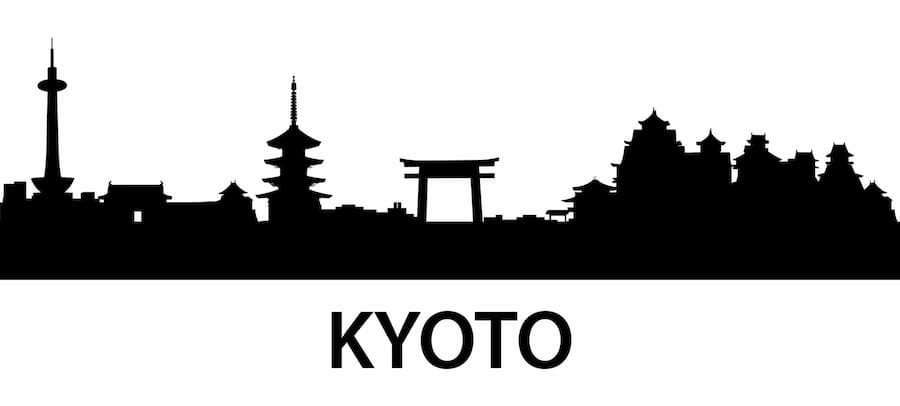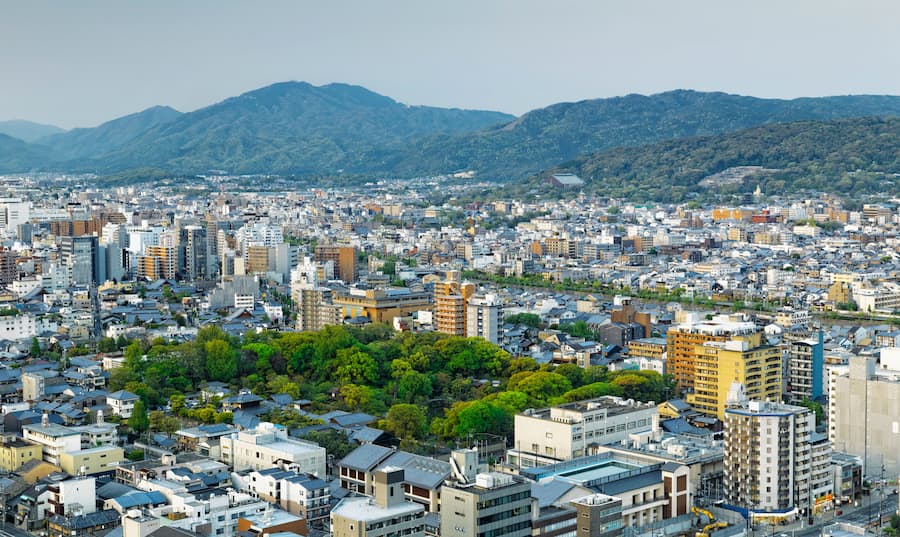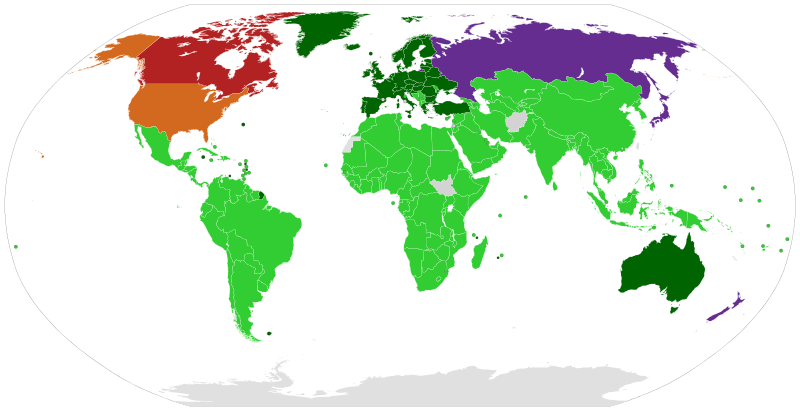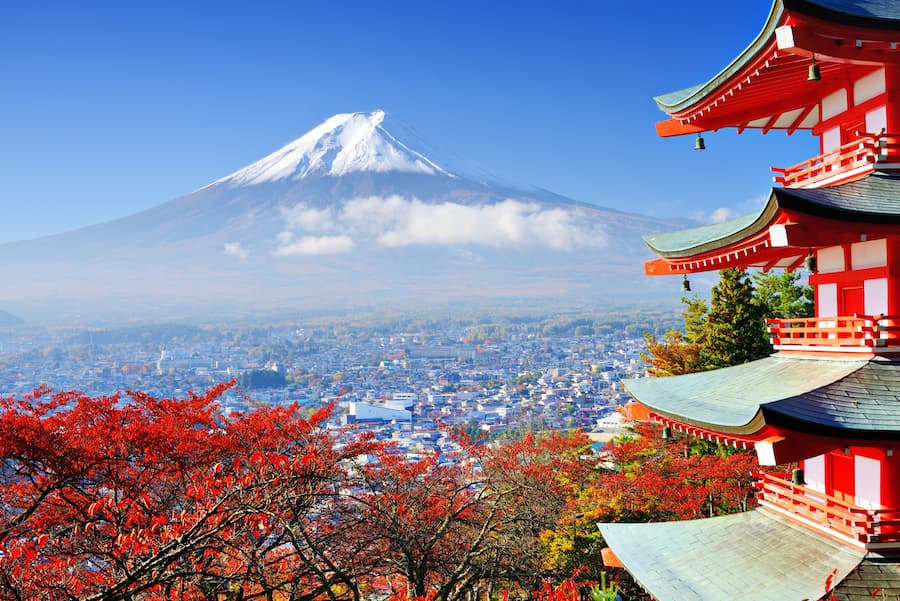The Kyoto Protocol
The Kyoto Protocol commits industrialized countries to set targets in place that will reduce the amount of greenhouse gas emitted by 5% (on average) over a five year period.
The Basics of the Kyoto Protocol
The goal of the protocol is to successfully lower emissions of six important greenhouse gases:
- nitrous oxide
- carbon dioxide
- sulfur hexafluoride
- methane
- hydrofluorocarbons (HFCs)
- and perfluorocarbons (PFCs)
This protocol establishes the responsibility of industrialized countries to reduce the amount of greenhouse gases they produce annually because they are directly responsible for the elevated levels of these gases in the atmosphere.
Although it is not mandatory, it is considered environmentally responsible to ratify it and those that do not will face consequences with foreign countries.
Moreover, the Kyoto Accord advocates that all industrialized countries have a common yet differentiated responsibility.
Background
The Kyoto Accord which was developed in Kyoto, Japan was signed on December 11, 1997 and has been in place since February 16, 2005.
All countries who are part of the plan must submit an annual review in order to ensure that they are meeting the requirements of the protocol.
The admissions of each country must be monitored and records of the findings are to be kept.
There is a registry system in place that records each transaction of the countries involved to verify that they are complying with the agreement.
Also, there is a compliance system in place that will help countries if they are having trouble meeting expectations.
Participants
To date, 189 countries have signed and ratified the Kyoto protocol agreeing to do their part in the reduction of GHG emissions including Austria, Belgium, Canada, China, Cuba, Denmark, Egypt, Finland, France, Germany, Greece, Haiti, Iceland, India, Ireland, Israel, Italy, Japan, Mexico, Morocco, Norway, Poland, South Africa, South Korea, Spain, Sweden, Syria, Tunisia, Turkey, Ukraine, United Kingdom, and Vietnam.
The purpose of the Kyoto accord is to make all countries accountable for the rise in dangerous greenhouse gas emissions that can potentially damage the environment and leave a lasting effect for future generations to come.
Parties; Annex I & II countries with binding targets
Parties; Developing countries without binding targets
States not Party to the Protocol
Signatory country with no intention to ratify the treaty, with no binding targets
Countries that have denounced the Protocol, with no binding targets
Parties with no binding targets in the second period, which previously had targets
Problems and Update
Although no country has formally refused the contract, many countries including the United States have not ratified the contract making their participation voluntary and not bound to the details of the contract.
Finally, the only country to date that has renounced this contract is Canada.
In 2009, it was updated with the Copenhagen Accord which would solve the problems of the previous accord by including more countries, along with starting other initiatives.
Join the Community and Newsletter (5000 Subscribers)
You can subscribe to my Substack Page or see the archives of previous posts. More great content coming soon!
Recent Articles
-
Climate Change Guide
Apr 23, 24 12:36 PM
The Climate Change Guide is your guide to a more sustainable future, and will provide you with all relevant information on mankind's greatest challenge. -
Climate Presentations by Climate Reality
Mar 03, 24 12:17 AM
You can see great climate presentations by Climate Reality. They can be customized for different audiences. -
Make the Planet Great Again!
Mar 02, 24 11:33 PM
We need to make the planet great again! We will build a solar wall along the Mexican border and make the fossil fuel industry pay for it! -
Historical Climate Change News
Mar 02, 24 11:25 PM
This section includes historical climate change news you should know about. These articles span several different topics and will help you stay up-to-date.








